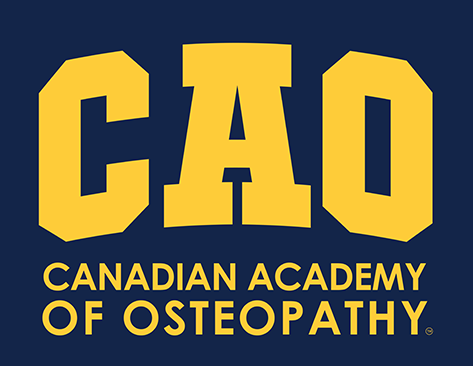Pain and injury can occur at any time of the year, but winter is a particularly harsh time, especially here in Canada. The extreme drop in temperatures can leave the body feeling more susceptible to existing pain and more exposed to new kinds of physical challenges. For example, when we are cold, our body restricts how much blood it sends to the extremities, like our hands and feet. This can leave the tissues and joints in those areas feeling stiff or uncomfortable. Not to mention, there’s an obvious risk of physical injury that comes with the snow and ice on the ground.
As an osteopathic manual practitioner working all year round, you’ll probably notice a change in physical difficulties that patients experience in the winter months. Here’s a quick look at some things to watch for when working with patients during this period.
Expect to See Injuries from Snow and Ice as an Osteopathy Professional
As the snow settles on the ground, the number of injuries due to trips and falls inevitably increases. No matter how well the snow and ice are removed from streets, slippery surfaces are almost unavoidable in the winter. As an osteopathy professional, you’ll likely face clients who have had mishaps from shoveling snow, winter sports, or simply walking outdoors. Elderly people or those with reduced mobility are at even greater risk of injury in these conditions.
If left untreated, these injuries–even minor ones–can lead to physical difficulties across other areas of the body. It is the job of the osteopathic manual practitioner to support the body’s ability to self-heal in the face of injury while advising clients on how they can avoid winter-related injuries in the future–for example, by wearing footwear with the proper treads.

Flare-ups of Existing Pain
Unfortunately, winter is a time when old injuries and pre-existing conditions can rear their ugly heads. The reduced blood flow and the increase in sedentary living that the cold weather brings can cause an imbalance in the systems and functions of the whole body. When the body is in a more vulnerable state, ongoing pain or previous injuries can become more pronounced. As an osteopathic manual practitioner, your goal will be to return the body to a state of health so it can self-regulate and manage those difficulties.
With training from the Canadian Academy of Osteopathy, you’ll gain a comprehensive understanding of osteopathic principles, which focus on locating and treating the underlying cause of the discomfort, as opposed to the obvious symptoms of pain. This classical training grants students an in-depth understanding of anatomy and physiology so that they can treat the layers of bodily structure on a personalized, individual level.

The Effects of Reduced Physical Activity in the Winter,
During your osteopathy specialization, you’ll notice that many clients complain of greater stiffness or more physical aches during the winter months. Often, stiffness can be attributed to changes in physical activity that the winter brings. With the cold weather, people tend to spend less time outdoors and more time cooped up inside.
Along with the manual therapy you perform as an osteopathic manual practitioner, you can advise patients to exercise regularly to build up their muscle strength and reduce pressure on the joints. Stretching and moving daily will help to loosen up stiff joints during the winter. With training at CAO, you’ll be ready to offer safe, effective, and ethical treatments to clients to support the well-being of their whole body.
Are you interested in working toward your osteopathy career advancement?
Get started with the Canadian Academy of Osteopathy today!



